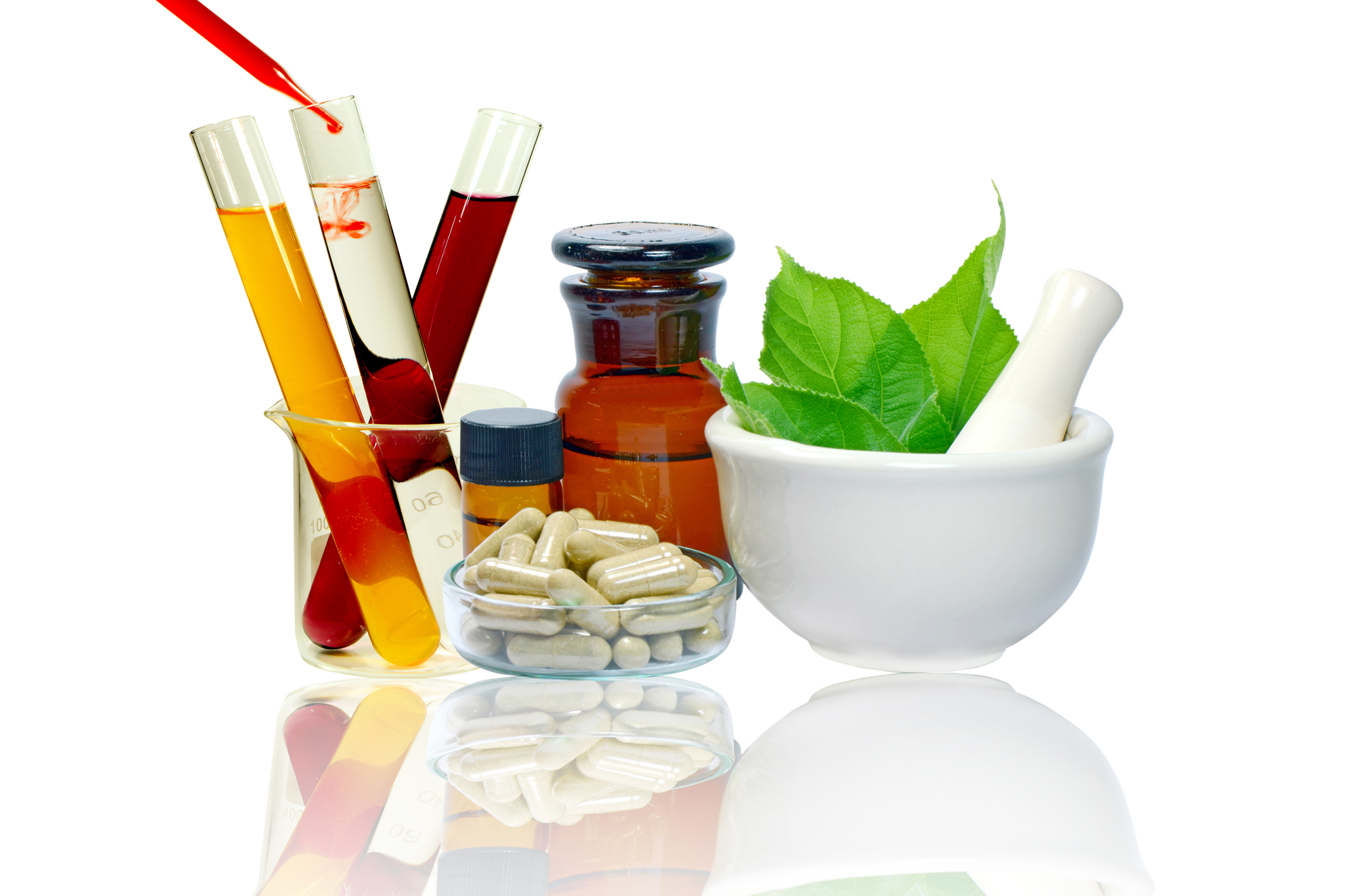Disclaimer: The information on curenaturally.org is intended to improve your knowledge about herbs and their benefits. Articles on this website are not intended to replace medical treatment from your doctor. Always consult your doctor before starting a new treatment regimen.
 |
Page Update 06.17.2024
Stinging Nettle, (Urtica dioica Urticaceae)
By Dr.Ashraf Girgis N.D.
|
Stinging Nettle, (Urtica dioica Urticaceae)
Stinging Nettle belongs to the Urticaceae family. It is a bi-annual herb commonly grown in Asia, the Mediterranean region, Africa, and Europe. In North America and Canada, it has long been used by indigenous peoples for food and medicinal purposes. The entire plant can be used: the aerial part can be eaten in a salad, and the root can be used to make a healthy beverage or soup for its medicinal effects.
|
|
|

|
Constituents:
Stinging nettle has many beneficial constituents. It contains flavonoids (Gallic acid, vanillic acid, syringic acid, protocatechuic acid, gentisic acid) (4), several fatty acids, and many amino acids such as Alanine, γ-aminobutyric acid (GABA), glutamic acid, isoleucine, leucine, phenylalanine, proline, tyrosine, and valine (5). It also has many vitamins including vitamin A and vitamin C – even containing has more vitamin C than orange juice)! Its hairs contain important neurotransmitters such as serotonin and acetylcholine (2). It has many other vitamins and minerals.
Stinging nettle also has traditional use as a diuretic, wound treatment, and healing coughs and colds (2).
|
|
|
|
|
Anti-Inflammatory and Pain Benefits
In various studies using leaves, stems, roots, and flowers of stinging nettle, scientists found strong anti-inflammatory benefits (Obertreis et. al.). Using ethanol extract of stinging nettle suppressed both the TNF-α (a proinflammatory cytokine) and IL-1β (a key indicator of inflammatory response) released in the blood (4).
In another study by Sabzar et. al., various solvents used on animals reduced inflammation. The hexane stinging nettle extract showed significant anti-inflammatory response compared to indomethacin (anti inflammatory medication) the edema in animal paws was reduced by 53.4% (6). In another study, 81 patients with primarily hip and knee joint arthritis pain – who were taking NSAID or analgesics regularly – were given vitamin E, fish-oil, and stinging nettle. After three months, patients’ use of NSAID decreased by 20% and analgesic reduced by 50% (9).
In another study on animals, the stinging nettle gel prepared using Carbopol 934 (a thickening polymer) (11) showed 58.21% analgesia, versus 61.19 % analgesia for the indomethacin (anti inflammatory drug) gel standard in writhing test. It showed 55.05 % inhibition of edema in animal paws, comparable to that of the standard gel (53.93%) (10).
|

|
|
|
|
|

|
Cardiovascular Effects,
In another study by Tahri et al, using the perfusion of 24 mg/kg/h of stinging nettle extract reduced arterial blood pressure by 38%. In that study scientists used various doses of stinging nettles and reduced blood pressure from 15%-38% in comparison to no change in the control group. Among various preparations used, the one prepared with ethyl acetate showed the best anti hypertensive activities (7).
|
|
|
|
|
Benign Prostatic Hyperplasia (BPH)
In a study of men with Benign Prostatic Hyperplasia (BPH), stinging nettle showed significant reduction in the prostate size, as well a reduction in IPSS (International Prostate Symptom Score) and a reduction in PSA (prostate-specific antigen). The anti-inflammatory and modulation of the immune system responsible for such reductions are due to compounds such as lignans, polysaccharides, phytosterols. The study was conducted in 287 men (12). During the study two capsules of 300 mg of stinging nettle were given twice a day (13). The study was conducted in 2011 in Azad University, Gachsaran, Iran.
|
 |
|
|
|
|


|
Effect on Blood Sugar
Stinging nettle is also known to lower blood sugar. In a study conducted in 2015, patients with diabetes were given 500mg of stinging nettle extract 3 times a day for a period of 3 months, in conjunction with their regular oral antihyperglycemic medications. It lowered their fasting blood sugar in addition to lowering their HbA1c significantly. They concluded that stinging nettle can be used in conjunction with other antihyperglycemic medications to safely improve blood sugar levels (14). The study was conducted by Iranian scientists and on 46 patient participants with type 2 diabetes mellitus (15).
The mechanism of actions in patients with Type 2 diabetes is attributed to its Phenolic (carbolic acid) compounds derived from nettle lowering the main enzymes involved in Type 2 diabetes (alpha-glucosidase and alpha-amylase) (18).
Overall, stinging nettle has shown many benefits due to its cardiovascular protective activities and its antioxidative, anti-inflammatory, anti-ulcer, anti-hyperglycemic, and antibacterial effects. In general, it also shown to be effective for patients with allergies, arthritis, spasms, urinary problems, and congestion (17).
Side effects:
Urticaria (skin reaction and hives) and pain after using stinging nettle, requiring ICU admission, has been reported in Australia.
In addition to skin allergies, allergic rhinitis, hypoglycemia, an increase of breast size (Gynecomastia) in men due to hormonal imbalances, and milky discharge from the breast (galactorrhea) have been seen as well (17).
|
|
|
|
References
- https://www.ncbi.nlm.nih.gov/pmc/articles/PMC9413031/
https://www.medicalnewstoday.com/articles/325244#what-is-stinging-nettle
https://journals.sagepub.com/doi/10.1580/1080-6032%282003%29014%5B0069%3A%5D2.0.CO%3B2
https://pubmed.ncbi.nlm.nih.gov/22593694/
https://www.ncbi.nlm.nih.gov/pmc/articles/PMC3714593/
https://www.academia.edu/3337540/Pharmacological_and_toxicological_evaluation_of_Urtica_dioica_4_Sabzar_Ahmad_Dar_Farooq_Ahmad_Ganai_Abdul_Rehman_Yousuf_Masood_ul_Hassan_Balkhi_Towseef_Mohsin_Bhat_and_Poonam_Sharma_Pharmaceutical_Biology_51_2_170_180_2013_
https://pubmed.ncbi.nlm.nih.gov/11025144/
https://www.ncbi.nlm.nih.gov/pmc/articles/PMC3003499/
https://www.ncbi.nlm.nih.gov/pmc/articles/PMC3003499/
https://www.ajol.info/index.php/tjpr/article/view/135176
https://www.ulprospector.com/en/na/PersonalCare/Detail/76/3734/Carbopol-940-polymer
https://www.ncbi.nlm.nih.gov/pmc/articles/PMC3589769/
https://www.ncbi.nlm.nih.gov/pmc/articles/PMC3589769/
|
|
|
|
Additional Articles

Seven herbs and supplements for type 2 diabetes
Read More
|

Snake Plant Boosts Oxygen for Better Sleep!
Read More
|
 The Power of Paprika The Power of Paprika
Read More
|
|
|
|
Additional Articles

11 Amazing Benefits Of Beets
Read More |

Gotu Kola: The Many Benefits of the Ancient Herb of Enlightenment and Longevity
Read More
|

8 health benefits of rosemary
Read More |
|
|
|
|